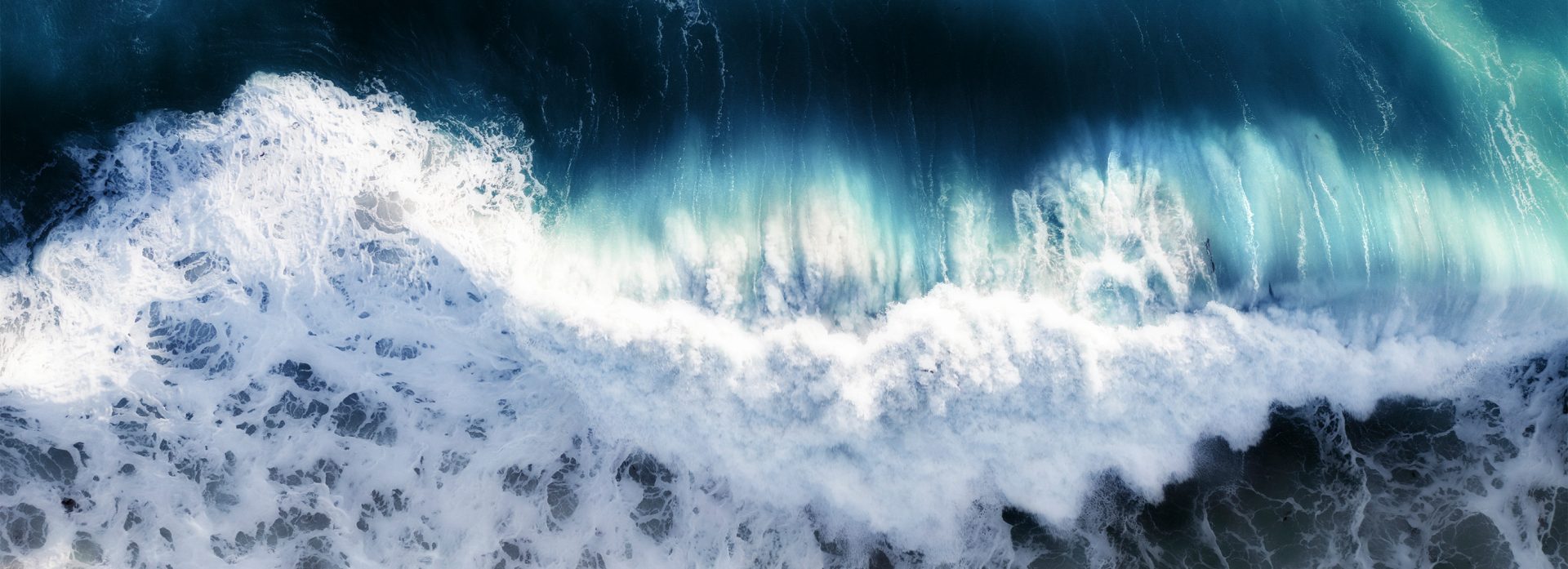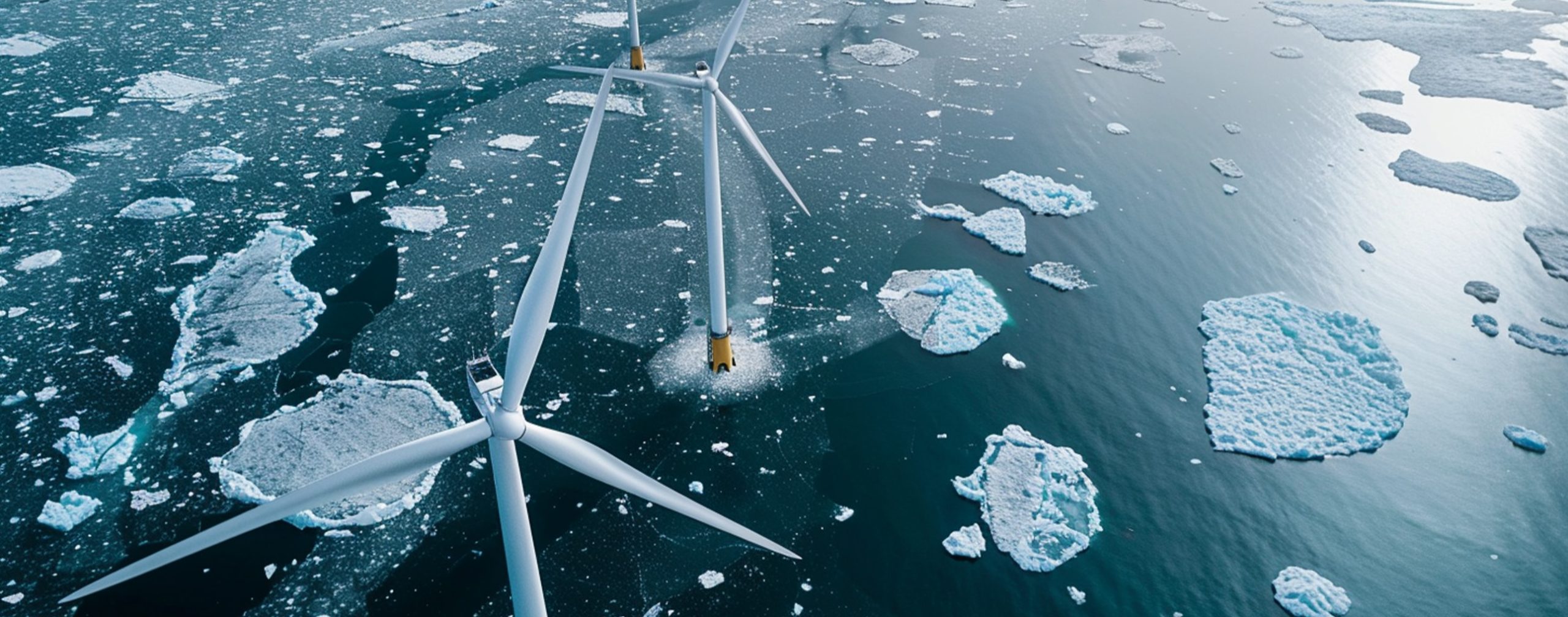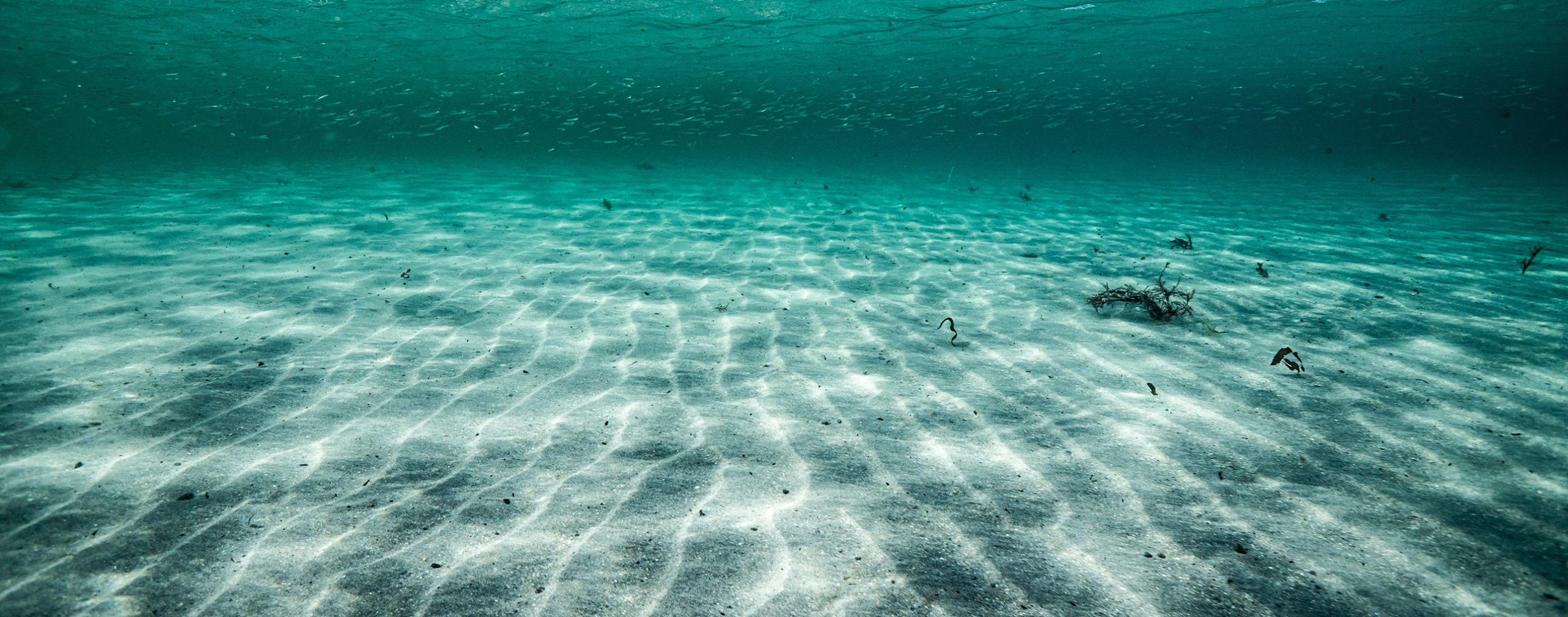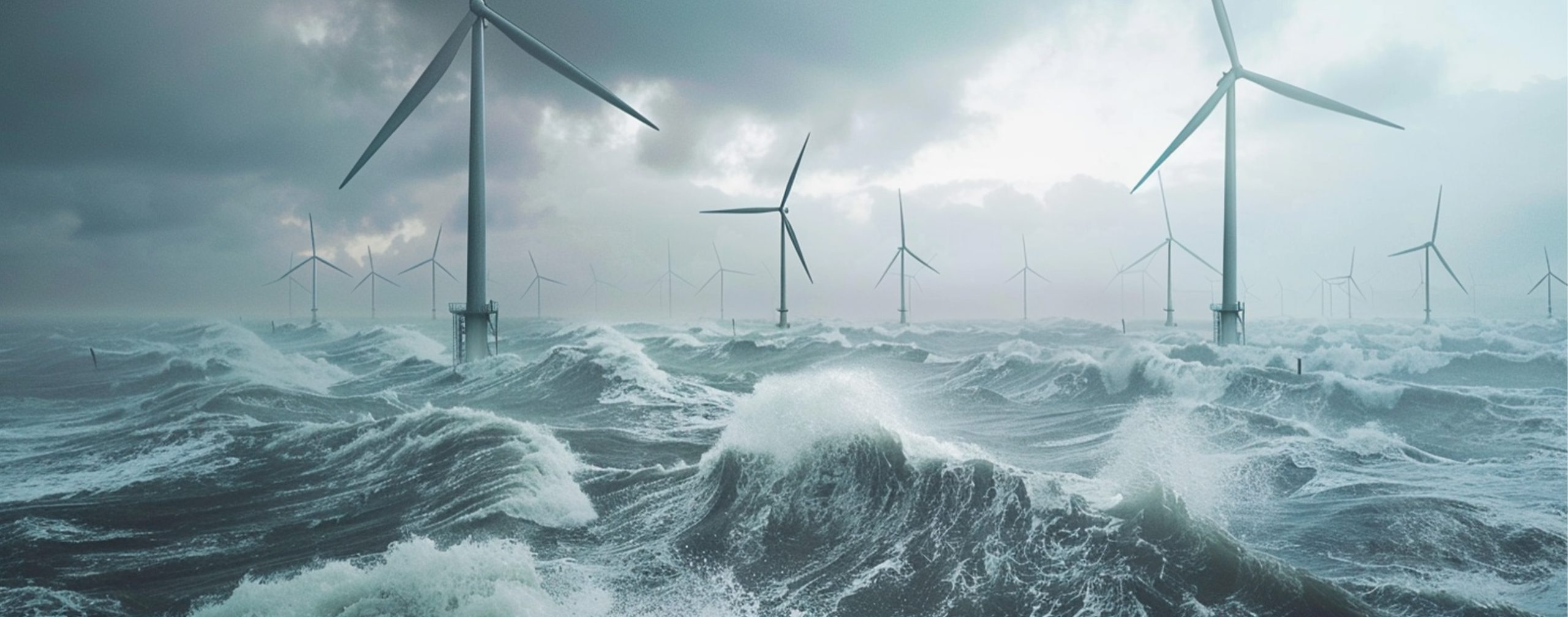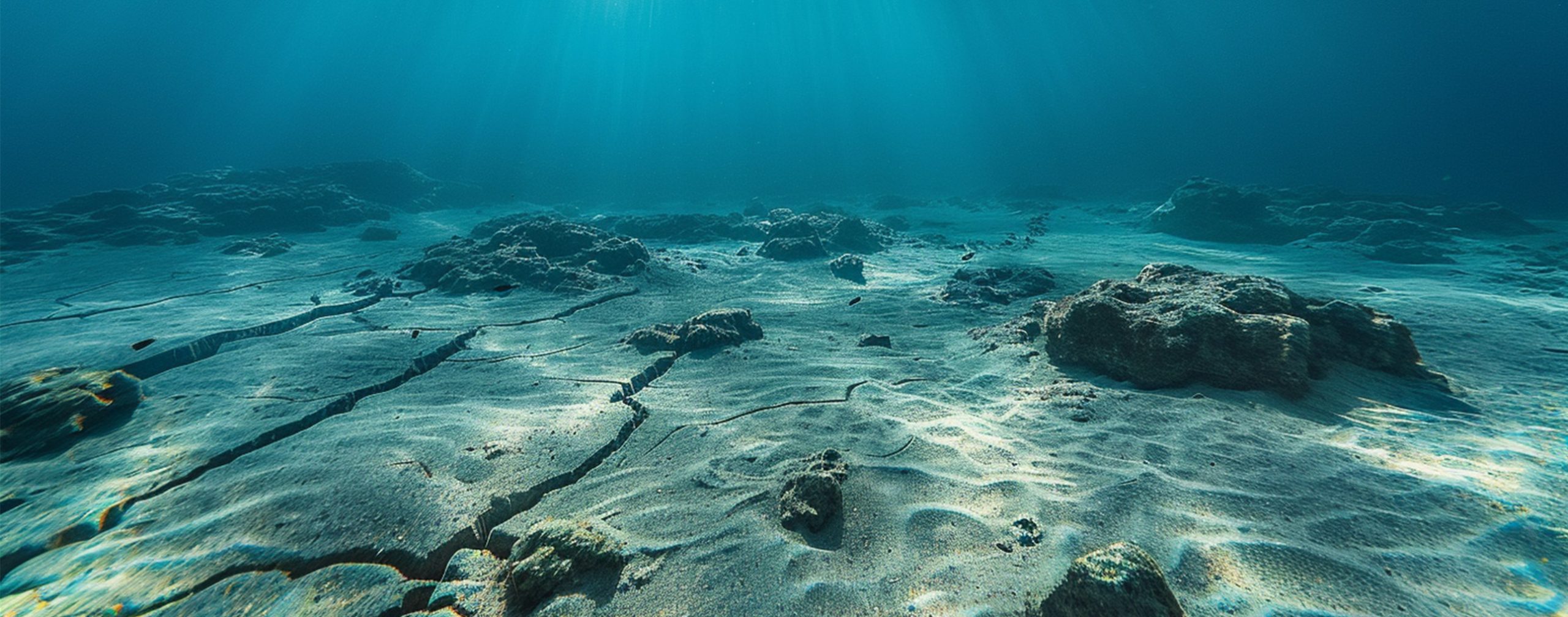We’re Experts in Offshore Wind.
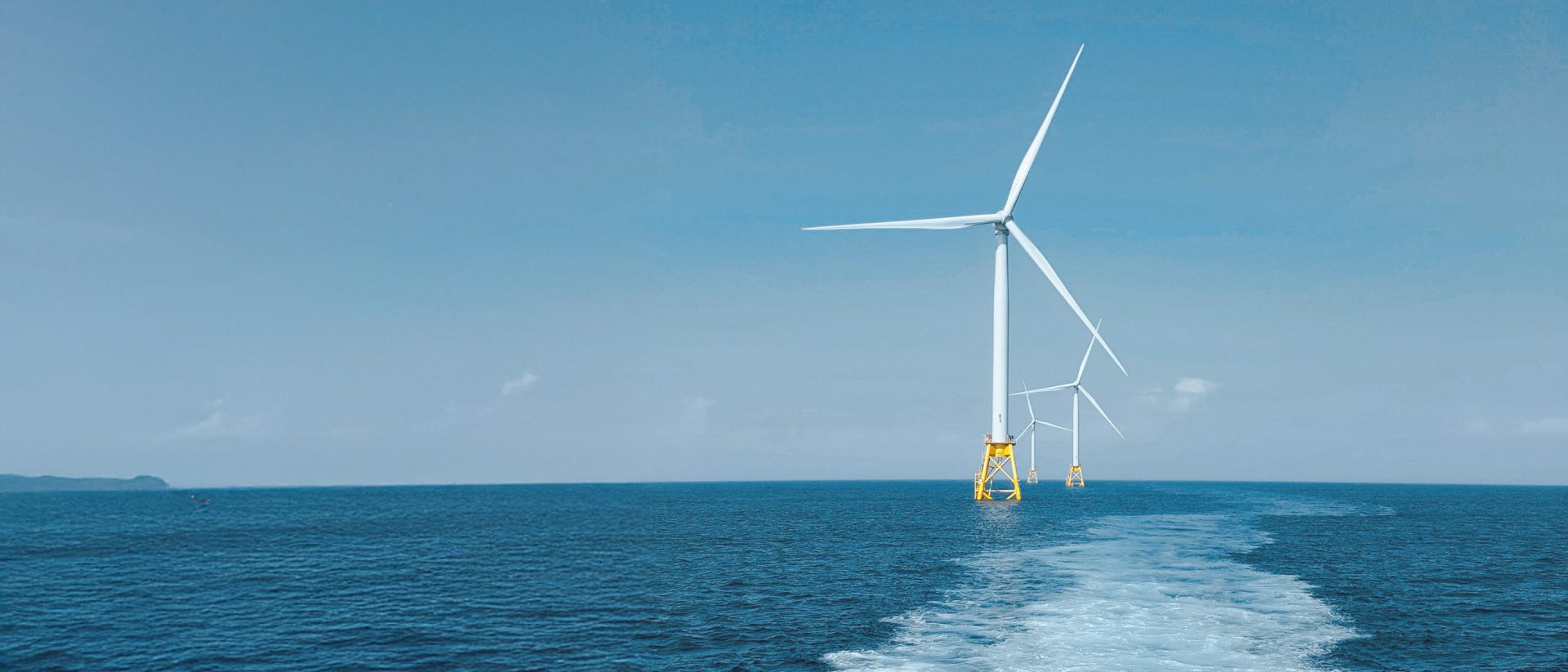
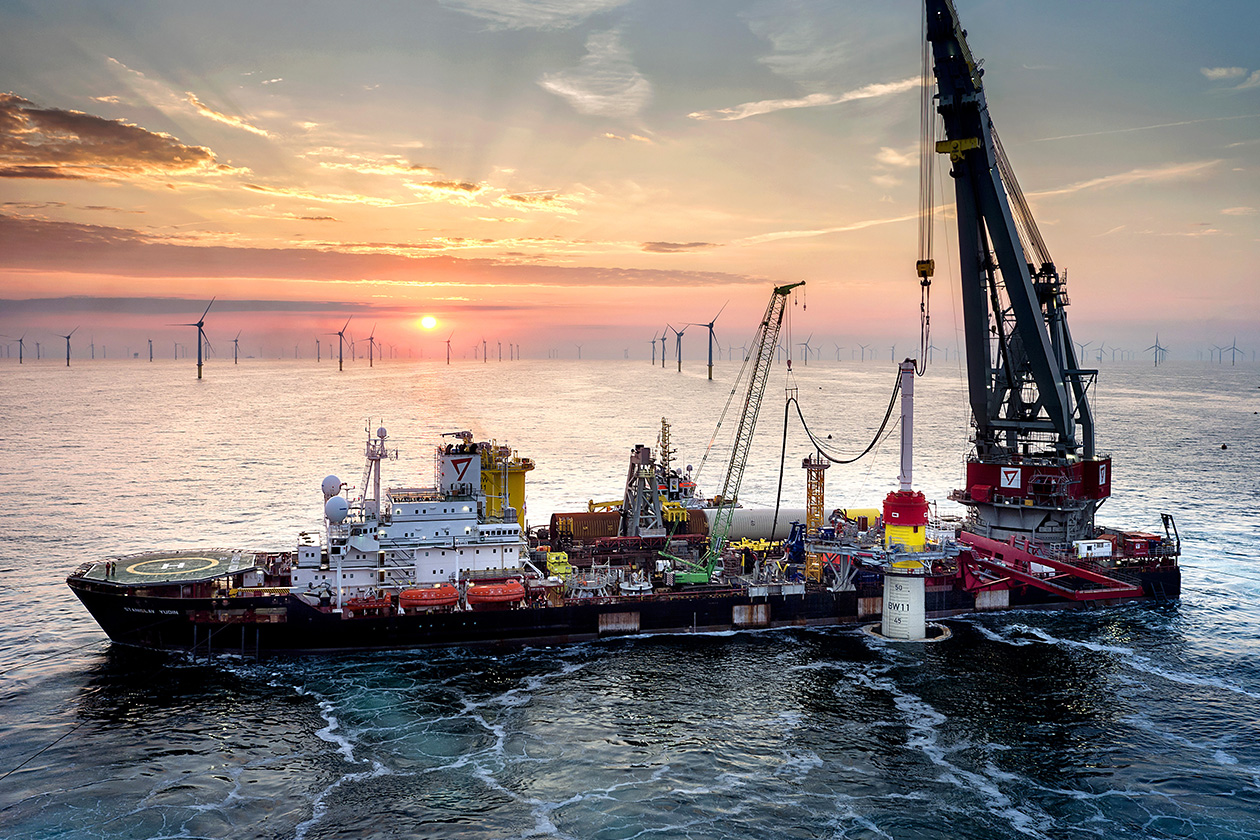
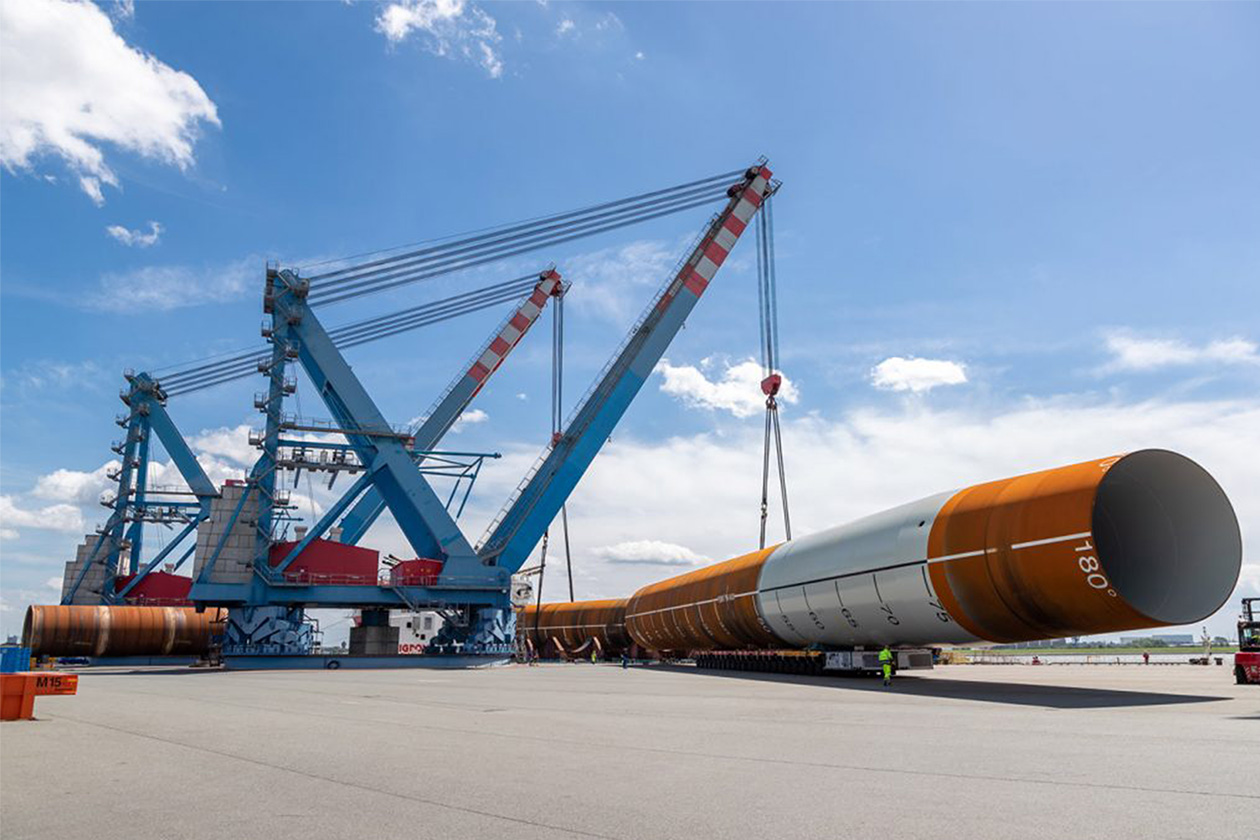
From Start to Finish
The Foundation of Offshore Wind Power
Every successful offshore wind project begins with a solid foundation. As specialists in substructures, we ensure that turbines withstand even the harshest marine conditions — delivering safety, stability, and long-term performance.

Tailor-Made Solutions
From monopiles to jackets, we design structures optimized for site-specific conditions.
Innovation & Efficiency
Advanced modelling and engineering reduce costs without compromising quality.
Sustainability by Design
Materials and methods that minimize environmental impact while maximizing durability.
Why Work With Us?
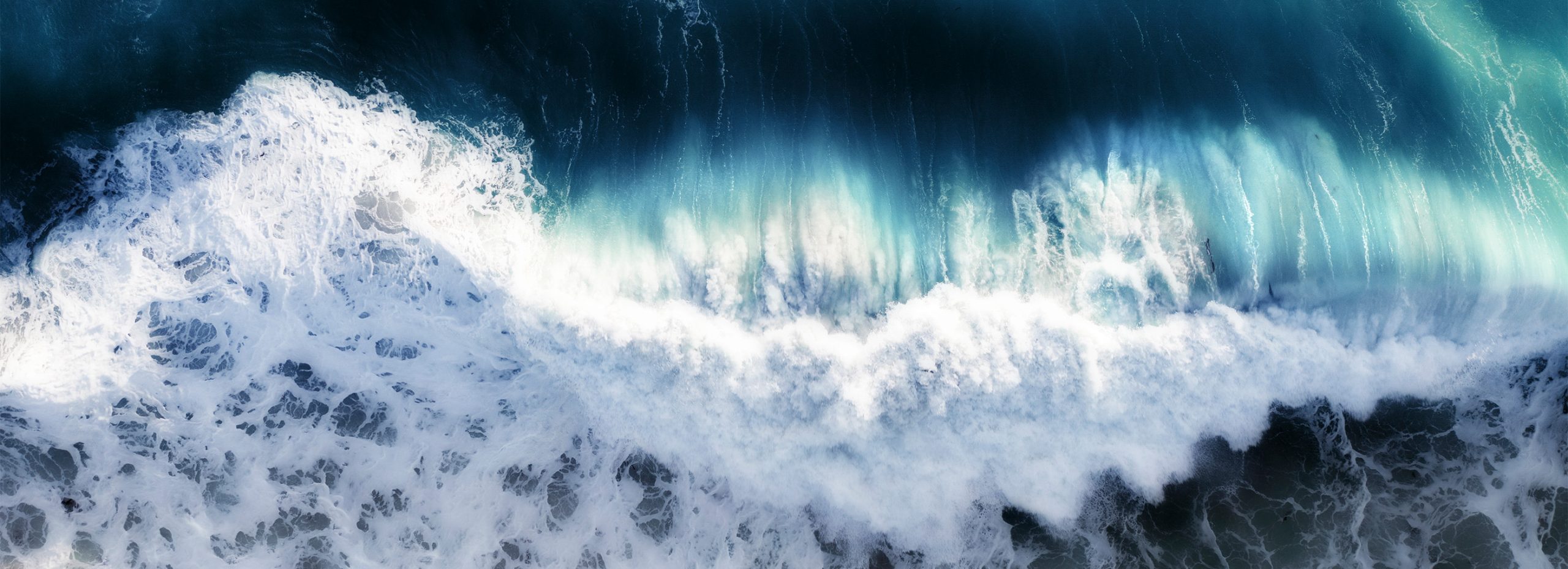
Project Execution
Successful offshore projects require more than just technical know-how. Our experienced project managers guide offshore projects through every phase with a sharp focus on quality, timelines, and budget control.

Understanding Your Project
We take the time to understand each project’s specific goals and requirements. This allows us to set the right priorities and proactively manage risks before they escalate.
Trusted Project Partners
Every project is assigned dedicated leads for project management and design coordination. This ensures clear responsibilities, efficient communication, and a deep understanding of project objectives.
Executive Oversight
At JBO, our executive team takes an active role in every project, ensuring clients benefit from both practical industry experience and strategic foresight.
Communication & Collaboration
Transparency and teamwork are essential to project success. From support staff to management, all project participants work closely together. We actively involve our clients throughout the process, keeping them regularly informed of progress.
Structural Design
The demanding conditions of the open sea set the high standards that guide our structural designs. Whether it’s a substation or turbine foundation—monopile, jacket, or an innovative foundation solution—we provide our clients with the necessary engineering expertise and the right tools at every project stage. Our goal is always durable and efficient structures.

Foundation Design
From approval planning to cutting-edge structural concepts, we specialize in offshore foundation structures. Based on comprehensive parameter studies, we design efficient, lasting, and eco-friendly solutions—customized to the unique conditions of each site and tailored for every location within the wind farm.
Primary Load-Bearing Structures
Our approach to designing primary structures is based on precise analysis of boundary conditions, continuous interdisciplinary collaboration to optimize across all engineering disciplines, and a highly automated suite of tools. We ensure every solution is optimized for performance, certification, and ease of construction. We don’t just design structures—we build confidence.
Secondary Support Structures
Secondary steel components—such as platforms or ladders—play a crucial role in foundation structures. Our design focuses on functionality, structural efficiency, and deliberate decoupling from the primary structure. Using advanced modeling techniques and SCF (stress concentration factor) analyses, we optimize secondary structures while enhancing the durability and cost-effectiveness of the primary supports—ensuring maximum safety and economic efficiency. In short: sustainability designed for the long term.
Structural Dynamics
With the help of our advanced tool stack, we deliver accurate load assessments for every turbine class, customized to the unique conditions of each location.

Site-specific Load Analysis
Wind, waves, ice, and seismic activity all impose various loads on the turbine and its offshore foundation, which must be carefully considered in the structural design. Our load specialists analyze metocean data, identify and quantify relevant forces, and develop turbine clustering strategies for optimal wind farm layout. Through a painstaking design validation process, we ensure the turbine and foundation achieve optimal integration—delivering a perfect fit of all components.
Load Studies
Beyond numerical load analysis, we conduct load studies that simulate various scenarios and evaluate their long-term impact on the structure. This enables us to identify potential risks over the wind turbine’s lifecycle and develop strategies to extend its service life so your project is ready to face future challenges from day one.
Load Verification
Owners and operators of offshore wind turbines are responsible for ensuring the structural integrity of turbines and support structures. As a BSH-accredited service provider, we perform load verifications for project certifications—meeting the highest industry standards and complying with national and international regulations.
Geotechnics & Geosience
Offshore geotechnics is challenging because the unique marine conditions significantly impact foundation design. Geotechnical engineering is essential to ensure offshore wind turbines operate safely and efficiently for decades to come.

Geotechnical Analysis
We develop geotechnical design bases tailored to the specific seabed conditions to ensure foundations are optimally sized. Using 3D cyclic analyses at each turbine location, we accurately model the loads and structural responses—paying special attention to reload scenarios and damping behavior.
Installation Analysis
Successful and efficient installation starts long before offshore operations. We evaluate all key aspects to prepare for foundation structure installation, like weather window analysis, sequence planning, pile driving and fatigue assessments, and consider alternative techniques such as vibro-driving.
Soil Investigation
The quality of any foundation depends on a thorough understanding of soil conditions. We design the investigation plan, manage the fieldwork, and provide dependable sample analysis—all in line with stringent industry standards. The outcome is a comprehensive geotechnical report including soil properties and tailored guidance for foundation design.
Soil Interpretation
Our geotechnical interpretation blends deep soil expertise with practical engineering insight. The Geotechnical Interpretation Report (GIR) consolidates the essential soil data for each site. Building on this, the Soil and Foundation Engineering Report (SFER) translates those findings into detailed design parameters and recommends the most suitable foundation types—providing a smooth transition to foundation engineering and planning.
Ground Modelling
Geological Models are an essential tool for successful development of Offshore Wind Projects. We build 3 dimensional models relevant for engineering purposes to plan, optimize and derisk the development and installation of offshore wind farms. Geophysical and geotechnical data are assessed in the geological context to achieve a comprehensive understanding of the site conditions.
Certification, R&D Coordination
In addition to providing consulting, planning, and verification services for client projects, we are increasingly engaged in research and development activities.

Public R&D Projects
We play an active role in publicly funded research programs at national and European levels, as well as in collaborative, industry-driven development initiatives. By contributing to technical advisory boards and steering committees, we ensure ongoing knowledge exchange and maintain close ties with industry stakeholders. This engagement strengthens our technical expertise, brings fresh perspectives to the table, and supports the development of tomorrow’s offshore engineering standards.
Internal R&D Projects
When commercial software falls short, we develop our own in-house solutions—combining specialized software development skills with deep engineering expertise. The result is tailored tools that address real-world challenges, streamline workflows, and deliver highly precise results.
Detailed Design & CAD
Drawings are the language of engineers. From initial feasibility studies (Pre-Front-End Engineering Design) through concept, basic, and detailed design phases, our CAD experts bring extensive experience in offshore steel structure engineering.

Architectural Design & Structural Modeling
In close collaboration with structural engineers and analysts, we develop detailed 3D models tailored to each design phase. Our focus remains on functionality and ease of manufacturing, while strictly adhering to project-specific codes, standards, and regulations. These models form the basis for accurate drawings and bills of materials, enabling high-precision execution during fabrication and construction. They also support a wide range of simulations—from basic clash detection to complex motion analysis, installation sequencing, and tolerance studies.
HSE-Focused Design
Safety is integral to our design process from the outset. Incorporating Health, Safety & Environment (HSE) considerations early in offshore project design is essential for preventing hazards, enabling efficient workflows, protecting people and the environment, and securing approval from authorities and stakeholders. We evaluate operational risks through design risk assessments, HAZID, and HAZOP analyses; incorporate fire and explosion protection measures, including evacuation and rescue plans; guarantee compliance with international permitting standards; and safeguard marine ecosystems through eco-friendly planning and material choices. These foundations and solutions are developed during the Detailed Design phase.
Consultancy Services
Acting as Owner’s Engineer or Client Representative, we guide transmission system operators through the planning and execution of offshore platforms—for both wind power and hydrogen infrastructure.

Owner’s Engineering
As Owner’s Engineer, we represent our clients’ interests throughout the project. Acting as a technical partner, we manage communication between designers, certifiers, and other stakeholders—ensuring transparency and structured workflows. Through quality checks, document reviews, and clearly defined coordination processes, we keep every decision aligned with the project’s goals and regulatory requirements.
Due Diligence
We conduct in-depth assessments of all critical technical aspects of offshore projects—from planning documents and project timelines to contracts, environmental permits, energy yield forecasts, and projected operations and maintenance costs. We identify risks, evaluate technical and financial impacts, and propose targeted mitigation strategies. Our analysis is objective, comprehensive, and tailored to your project needs.
Verification & Certification
As a BSH-accredited engineering firm, we carry out verification and certification in accordance with national and international regulations. Our rigorous approach ensures that all technical and legal standards are met—minimizing risk and ensuring the reliability of offshore projects. This creates transparency and trust among stakeholders, including investors, regulatory bodies, and project partners.
How can we support you?
